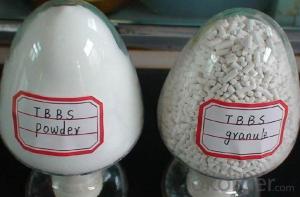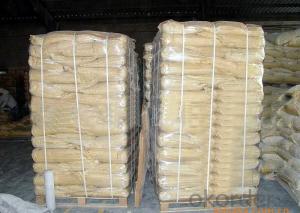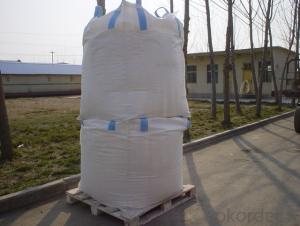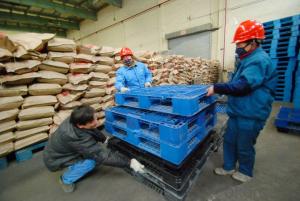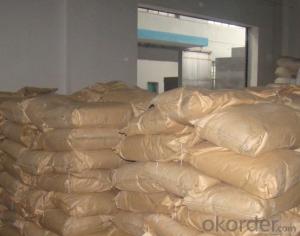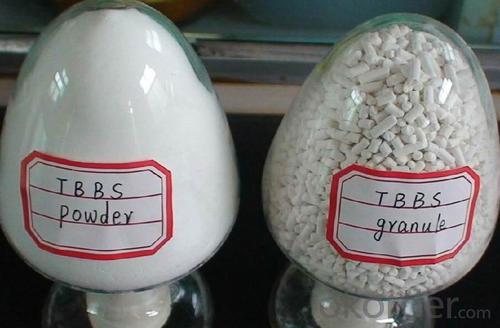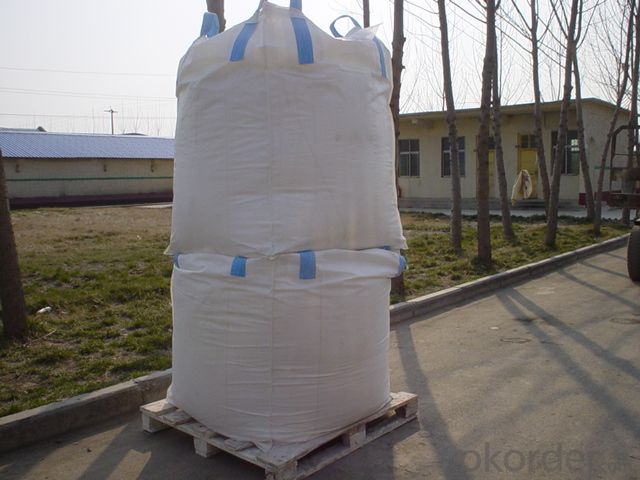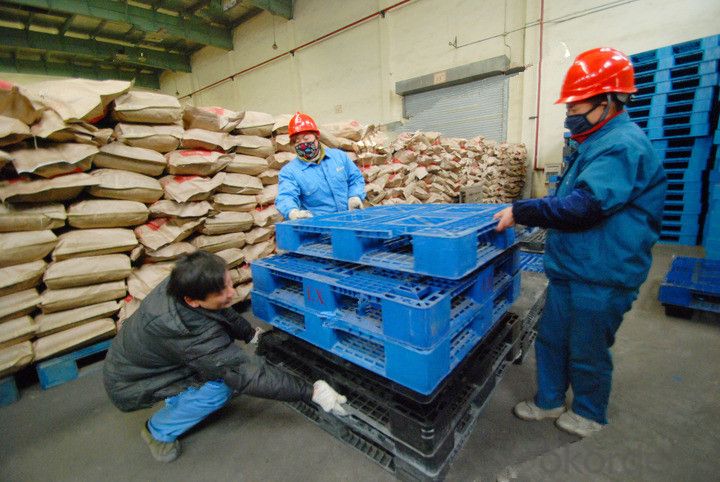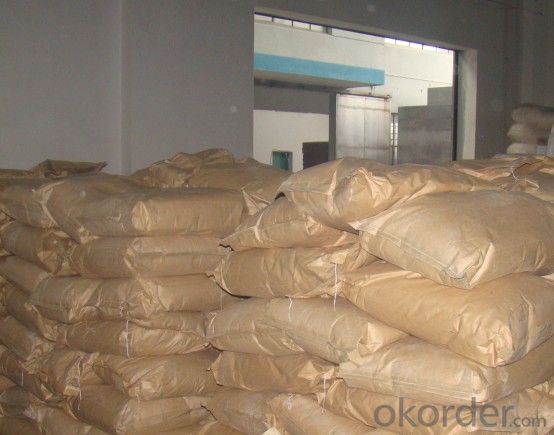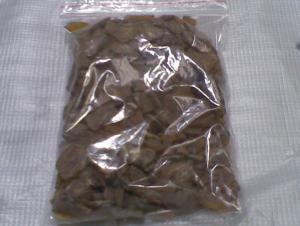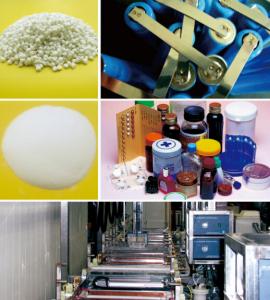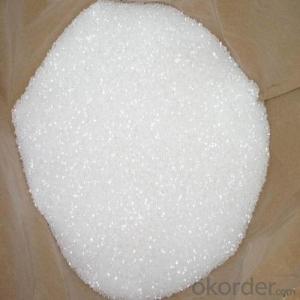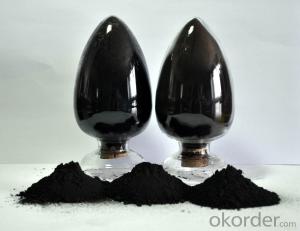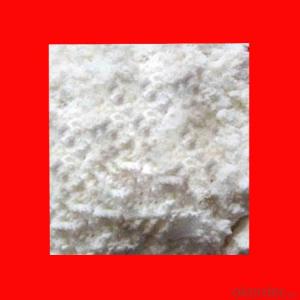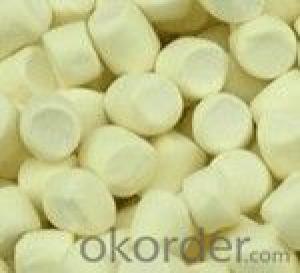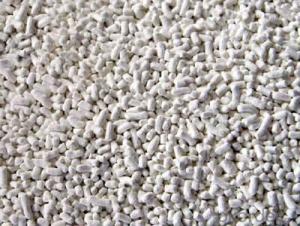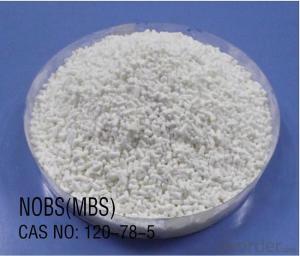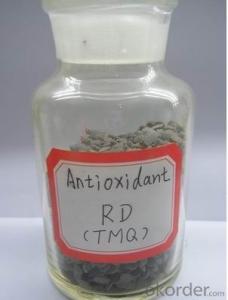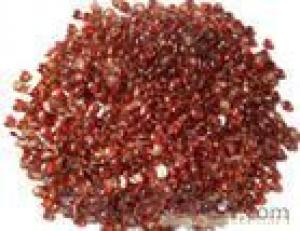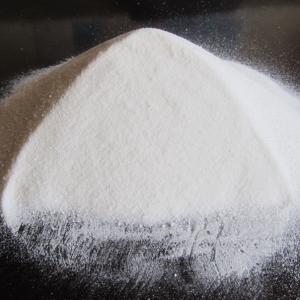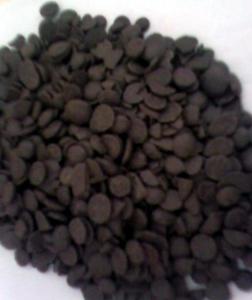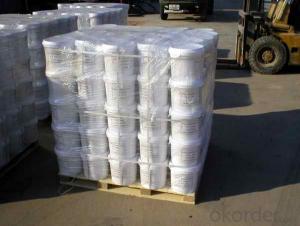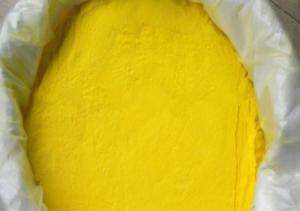Rubber Chemcials Rubber Antioxidant NBC Model
- Loading Port:
- Tianjin
- Payment Terms:
- TT OR LC
- Min Order Qty:
- 25 m.t.
- Supply Capability:
- 12000 m.t./month
OKorder Service Pledge
OKorder Financial Service
You Might Also Like
NDBC (NBC)
Chemical Name:Nickel Dibutyl Dithiocarbamate
Molecular Formula:C 18 H36 N 2 S 4 Ni
Molecular Weight:467
CAS No.:13927-77-0
Specifications:
Item
| Specifications
|
Appearance
| Dark-green Power (Granules)
|
Initial Melting Point, °C Min.
| 83
|
Heat Loss , % Max.
| 0.5 |
Nickel content , %
| 12.0 - 13.0
|
Residue on 150 µm Sieve , % Max.
| 0.10 |
Residue on 63 µm Sieve , % Max.
| 0.50 |
Properties: Dark-green Power. Density is 1.26g/ cm3 . flashing point is 260°C. Soluble in chloroform, benzene and carbon bisulfide , a little soluble in acetone, insoluble in water.
Applications: Mainly use in styrene- butadience rubber, chloroprene rubber and chlorosul-fonated polyethylene rubber. Avoiding the rubber crack for the sunshine and ozone, promoting the heat-resistant of chloroprene rubber and chlorosul-fonated polyethylene rubber. In plastic industry, it can be used as stabilitant and ozone-resistant agent for high polymer materials. It has advantage of stability for polypropylene fibre , thin film and narrow belt, but it will make the products appear yellow-green color. The use level is 0.3~0.5%. NDBC is regulated for use in articles in contact with food as specified.
Packing:Coextruded paper bags lined with polyethylene film bags. Net weight 25 kg per bag.
Storage:Store closed containers in a cool, dry, well-ventilated area. Avoid exposure to direct sunlight.
- Q: Exemplify the use of green catalysts in green chemistry
- Catalyst does not participate in the reaction If you ask the green oxidizer, then there is hydrogen peroxide catalyst is the quality of reactants before and after the change
- Q: What is the catalyst for high chemistry?
- Concentrated sulfuric acid, NI, barium bromide, copper or silver
- Q: in acid-catalyzed reaction,there are some books show the acid catalyst as H+ and there are some show it as H3O+ .Are they the same?
- H+ is the ion contained in acids.... When acids are dissolved in water (H+)+(H2O)=H3O+ Both are the same......
- Q: how could scientists know the exact catalyst for every reactions??? THANX sooo much
- Believe me, nema, there's no way that we chemists know the best catalyst for every reaction. That would be simply impossible. However, from the type of reaction, the reactants, products, reaction conditions, solvents, etc. and from one's experience and the literature (papers and patents) one can get a good idea for most reactions of the type of catalyst that has worked for similar systems. One then starts off with a catalyst from the literature and modifies or changes it if improvement is needed based on chemical principles that one learns. There are also some theoretical calculations that can be made. Sometimes they work and sometimes they don't :) If it is an industrially important process like the Haber process for making ammonia from nitrogen gas and hydrogen gas, there may be thousands of catalysts which have been tried and evaluated. New minor improvements are being made every day. When a company does find a very good catalyst for an important reaction, often they keep it a trade secret. The good catalyst can make a huge difference in how commercially successful a particular process is. That's a large part of what chemical engineers do. You may never know if you have the best catalyst. The most you can hope for is one that is good enough. So it's a few parts personal knowledge, a few parts literature, a couple of parts theory, a lot of experimentation and often, more than not, a little luck. :)
- Q: What is a catalyst?
- The catalyst plays a role in a variety of ways that are likely to temporarily alter the chemical changes associated with the reactants themselves, and may also only help to adsorb the physical changes in the reactants, but the reaction eventually becomes its own form The
- Q: How does catalyst aid a chemical reaction?
- Catalyst just speed up the chemical reaction they don't effect the chemical reaction or its equilibrium.............
- Q: Will the chemical catalyst not reduce that?
- Why is it done? Although the catalyst does not react chemically, the catalyst itself is deteriorated and is not always used
- Q: What is a chemical catalyst?
- A substance that participates in chemical reactions but does not change the quality and chemical properties. It can change the reactant activation energy, speed up or slow down the reaction rate.
- Q: What kind of chemical substances can seriously damage the ozone layer, as a catalyst or reactants can be?
- Freon decomposition of free radicals. The destruction of our ozone is mainly caused by him. Chlorine free radicals are also available.
- Q: how do catalysts help in green chemistry?
- Catalysts reduce the energy barrier for reactions, meaning they require less energy to make the forward reaction go. This means less heat, light, or other energy sources are required to perform the same reaction without a catalyst. Also, by definition, a catalyst is not consumed in a reaction and can therefore be recycled many many times before replacement is necessary.
Send your message to us
Rubber Chemcials Rubber Antioxidant NBC Model
- Loading Port:
- Tianjin
- Payment Terms:
- TT OR LC
- Min Order Qty:
- 25 m.t.
- Supply Capability:
- 12000 m.t./month
OKorder Service Pledge
OKorder Financial Service
Similar products
Hot products
Hot Searches
Related keywords
